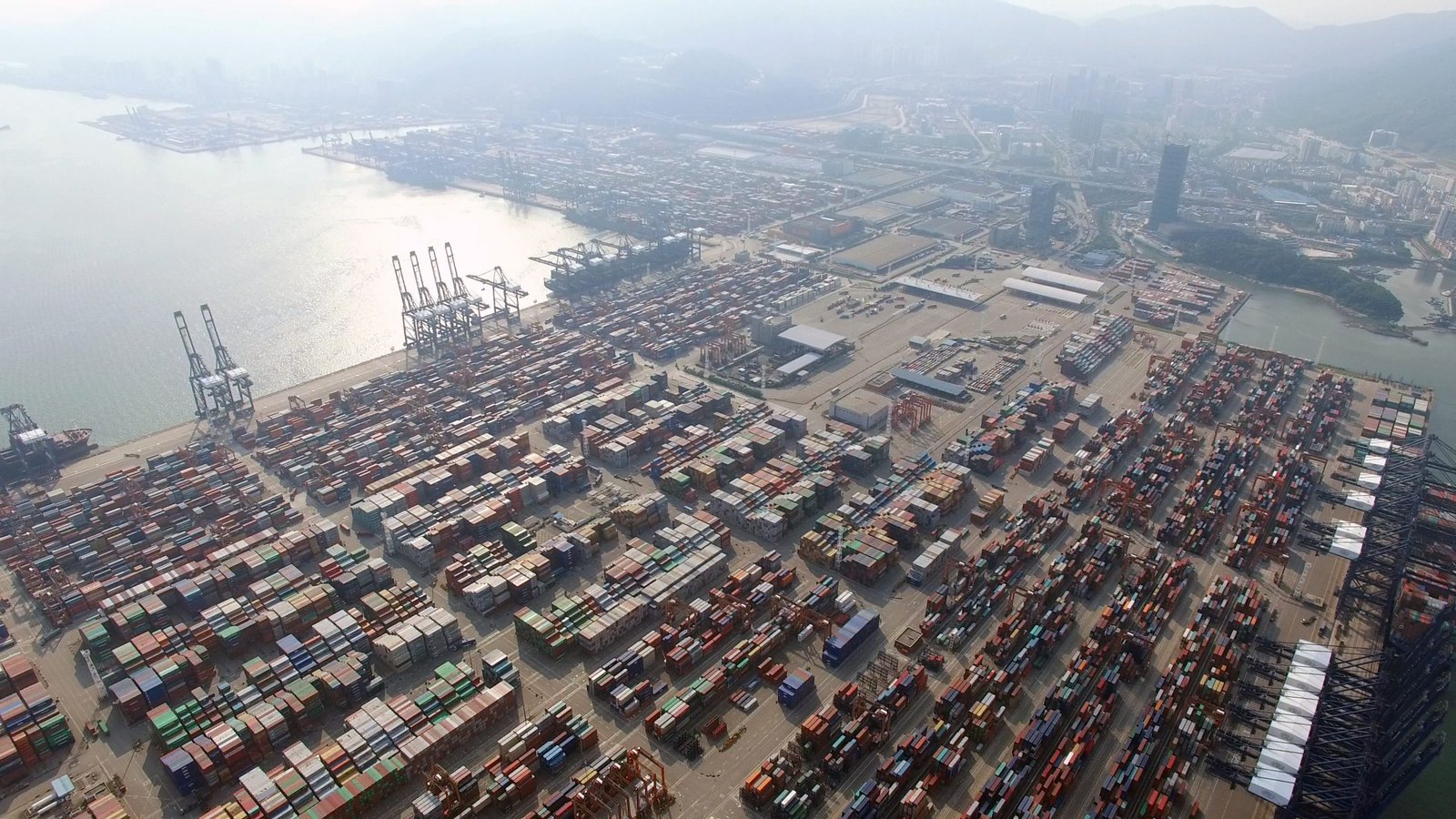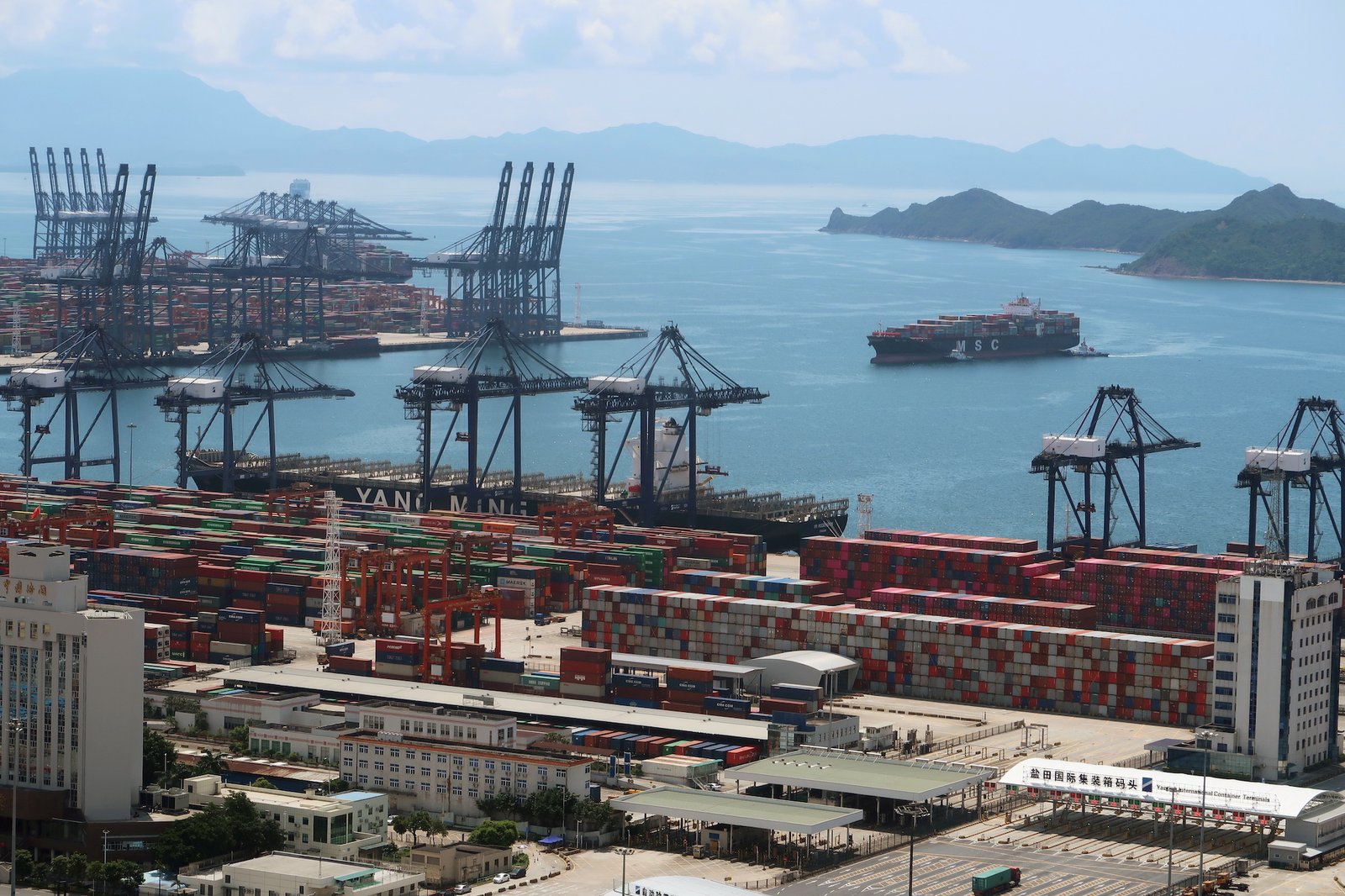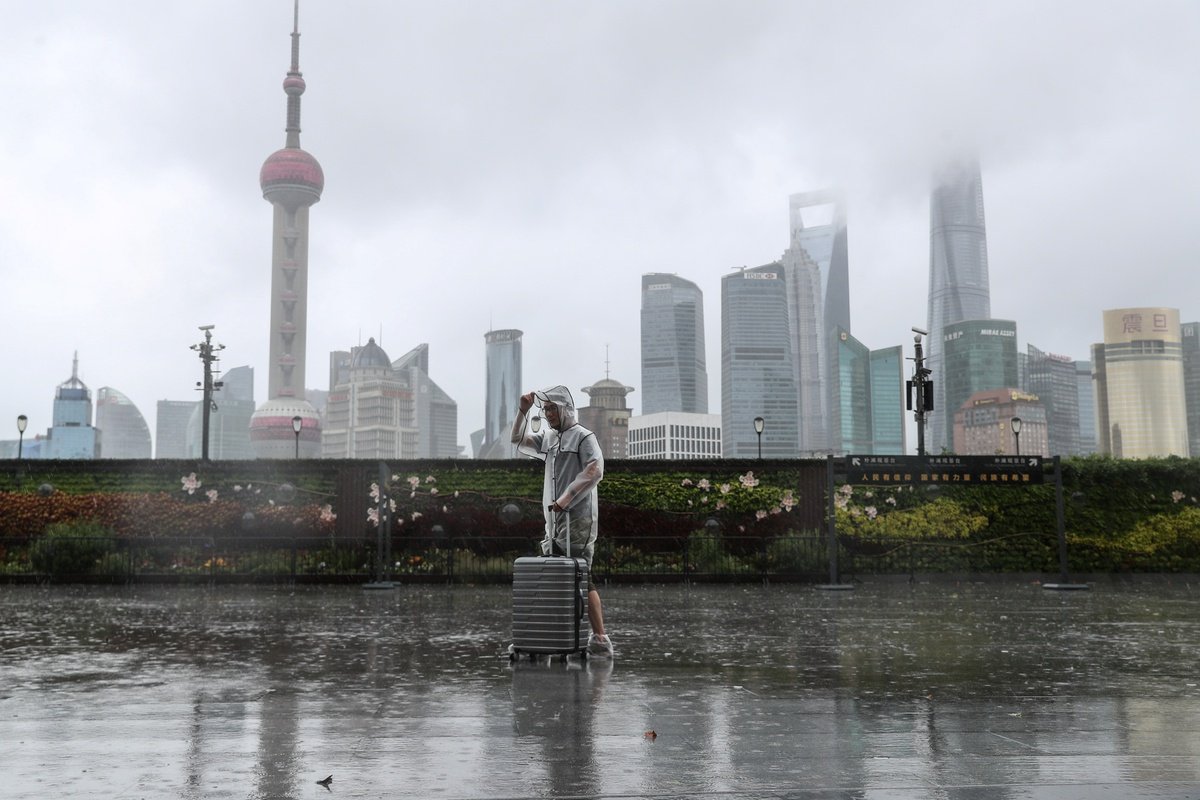TOPLINE Extreme weather occurrences in China have emerged as the most recent threat to the global supply chain. Major storms made the Yantian port shut which led to disruption in goods flows.
KEY POINTS
- The port of Yantian stopped receiving container cargo services on Tuesday night due to a storm warning. Two weeks ago, at Yangshan port and nearby ports, ships had to be evacuated due to Typhoon In-fa.
- Earlier, some Covid-19 cases infected forced Yantain to close, causing the goods in the container to be stagnant for 1 month.
- These disruptions may cause inflation especially in the Christmas upcoming event.
ARTICLE
The port of Yantian, located in the industrial and export hub Shenzhen, suspended container pick-up services on Tuesday night due to a storm warning. This notice was posted on social media.
Two weeks earlier, major facilities at Yangshan Port in Shanghai and nearby ports had to evacuate ships when Typhoon In-fa made landfall. Things could get even worse in the next period, with officials predicting more storms will occur in China.

“Every time the port is forced to close, the containers continue to pile up. This situation makes delays even more stressful. Furthermore, with more hurricanes forecast this time around, we anticipate further delays in shipping”. Said Alex Hersham, CEO of a freight company Zencargo.
In May, due to some Covid-19 infected cases, Yantian had to partially halt, causing the cargo accumulation for a month. According to analysts, as the ships were diverted from southern China, some firms in the nearby industrial powerhouse of Guangdong province were forced to close due to the inability to export.

“The impact from the Yantian port closure is unprecedented on the supply chain, as it serves one of the largest manufacturing facilities in the world,” said Salmon Aidan Lee, head of the polyester at consulting firm Wood Mackenzie.
The average wait time for a container to be exported at Yantian has been lowered to 5 days since June 25, and port operations are likely to resume on the evening of August 4 when the storm passes. However, if other Chinese ports continue to endure weather-related delays, the situation will get worse.

Moreover, typhoon In-fa affected factory operations in eastern China because of heavy rains and flooding.
According to Drewry, the disruption has raised the cost of shipping a 40-foot container from China to the US to a new record of about 10,000 USD. That can cause inflation globally. US consumers were predicted to pay 20% more for Christmas items.
Van Anh
FURTHER READING
Maersk warns Yantian port a “much bigger disruption” than Suez Canal Closure













